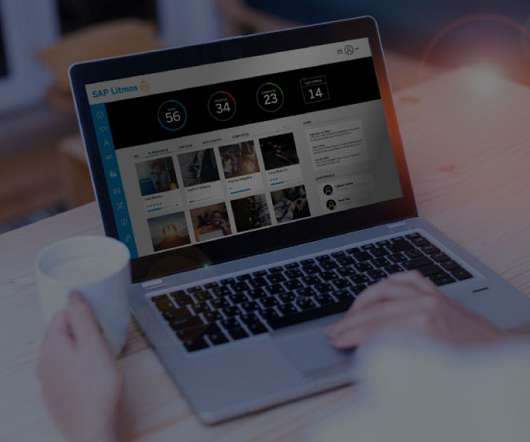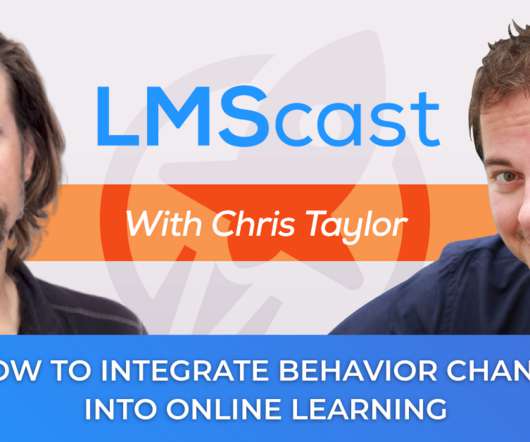How to Mold Smarter Learners by Using Patterns
Vignettes Learning
JUNE 6, 2015
Your morning routine is an excellent example of a pattern. A pattern is a repeated, recurrent behavior of a group or individual. But patterns are not limited to the things we do. There are also the patterns that we see around us and patterns we use to make sense of the world. What Would You Do?)



























Let's personalize your content